Dahlias: [Cultivation, Irrigation, Care, Pests and Diseases]
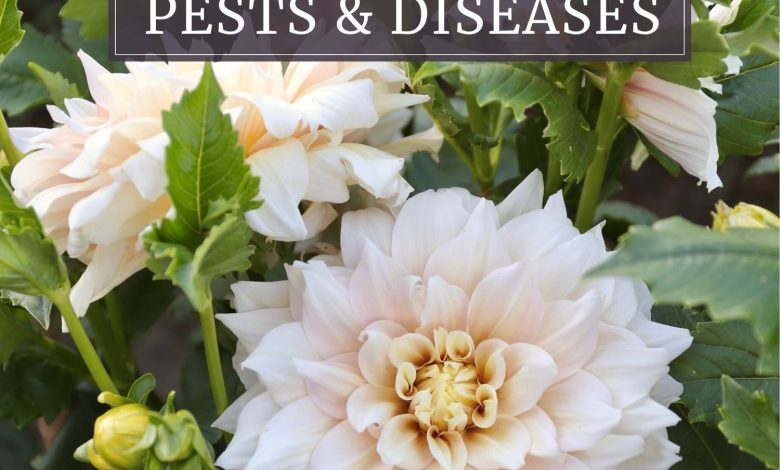
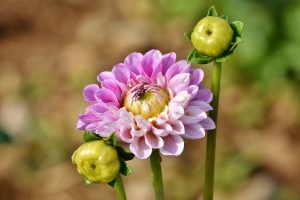 Dahlias are plants that generate flowers of unparalleled beauty and in a large annual quantity.
Dahlias are plants that generate flowers of unparalleled beauty and in a large annual quantity.
Its colors and the size that each flower reaches are ideal for decorating any garden and even cutting and decorating interiors.
Thanks to the number of petals that overlap in layers, it is a very original option.Surely you have already made the decision to have them at home but you need to know the most accurate information to be successful and it is just what we give you below.
Important points when planting dahlias
- When? In spring.
- Where? In a space that is humid and ventilated, where it receives direct sunlight preferably.
- How do we prepare the land? Soil with good drainage and quantity of nutrients, acid.
- How should we water? With plenty of water to ensure it reaches deep into the ground.
- How often do you have to water? 2 or 3 times a week most of the year, adjust depending on whether it is summer or winter.
- What care do you need? Controlled fertilization, stakes in case of being a very large plant to give it support.
- What pests and diseases does it have? Slugs, snails, spider mites, beetles.
When to plant a dahlia?
In spring, when the risks of frost have passed and the weather is a little warmer.Ideally, the ground temperature should be at least 60º C.
Where to plant a dahlia?
Dahlias are capable of adapting to variable weather conditions, but will do best in spaces with good humidity and ventilation. It is right there that they are capable of generating larger flowers, which can reach up to 20 centimeters in diameter.
They need full sun, at least 8 hours each day, taking care that they get enough water to stay hydrated.
How to prepare the land?
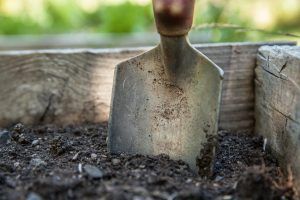 A good choice of soil will also help to obtain more beautiful flowers, so make sure it has good drainage .
A good choice of soil will also help to obtain more beautiful flowers, so make sure it has good drainage .
If you have very compact land, what you will need is to incorporate sand or moss and mix it days before sowing to improve this aspect.
This soil removal will help roots more easily find a place to thrive.The same case occurs around the issue of nutrients, since dahlias appreciate a soil rich in organic matter.
The addition of decomposed manure will suffice, but compost or humus could also be used.Another important detail to take care of around the soil is the level of acidity, since they prefer slightly acidic soil .
How do we water the dahlia?
The irrigations must be carried out in depth with a quantity of water sufficient to reach the lowest parts of the roots. The ideal is to use a sprinkler system and let it work for a cycle of 30 minutes in each watering.
How often do we water the dahlia?
Irrigation will have to be adjusted to the time of year you live in, maximizing the amount on summer days up to 4 times a week if necessary.In winter, it will be necessary to check the state of the land and only proceed when it feels dry.The rest of the year, 2 or 3 times a week will suffice.
How to plant a dahlia step by step?
Dahlias have a planting system that is based on the use of tubers.To select the most suitable ones, it is necessary to verify that they have some point of green growth.
- Define the place where you will bury the tuber.
- Make sure that the soil covers it, at least, about 20 centimeters . The correct way to do this is to make sure that the green growth point is facing the surface.
- Keep the soil dry while the tuber begins to develop , when the first sprout is already noticeable, it will be time to proceed with irrigation. If this step is carried out prematurely, it is very likely that the tuber will rot.
In case several tubers are going to be buried, it is best to leave at least one meter between one and the other so as not to affect their growth.
What care do dahlias need?
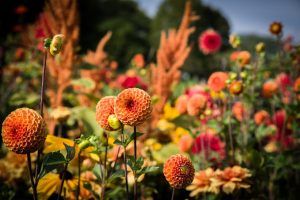 Fertilizations will be important to improve the flowering stage. In this case, liquid fertilizers are the most recommended.
Fertilizations will be important to improve the flowering stage. In this case, liquid fertilizers are the most recommended.
The idea is to choose one that is low in nitrogen and apply it after buds begin to show every 4 weeks or so.
It is important to work on this issue carefully because the excitement of seeing them flourish can lead to fertilizing more than necessary and generating rot.
If the dahlia plant is developing very tall, it will be essential to offer it a support structure to prevent it from tilting.This will be easy to solve with the help of some stakes to which the growing stems will be tied.
What pests and diseases affect dahlias?
 Creeping pests are the ones that can cause the greatest damage to dahlias crops in a short time, here are slugs and snails.
Creeping pests are the ones that can cause the greatest damage to dahlias crops in a short time, here are slugs and snails.
To avoid attacks, it will be necessary to implement traps from the moment the tuber is established.
Another pest that can become prevalent as they seek to consume plant leaves and flowers are spider mites and beetles .It is necessary to pay close attention to the presence of these insects to attack them in time.
In the case of diseases, fungi are the most frequent and can affect the plant by creating a kind of layer of white mold on it.The good news is that there are commercially available organic products that are useful for removing the mycelium and keeping the plant healthy.
Dahlias are one of the plants that generate flowers more quickly, so you can enjoy their color the same year you plant them.Of course, to prevent the plant from suffering and withering, the time to cut the flowers must be well planned.
That is, waiting for the flowers to fully develop and making the cuts very early in the morning, when there is not much sun and it is not very hot.
verticillium wilt
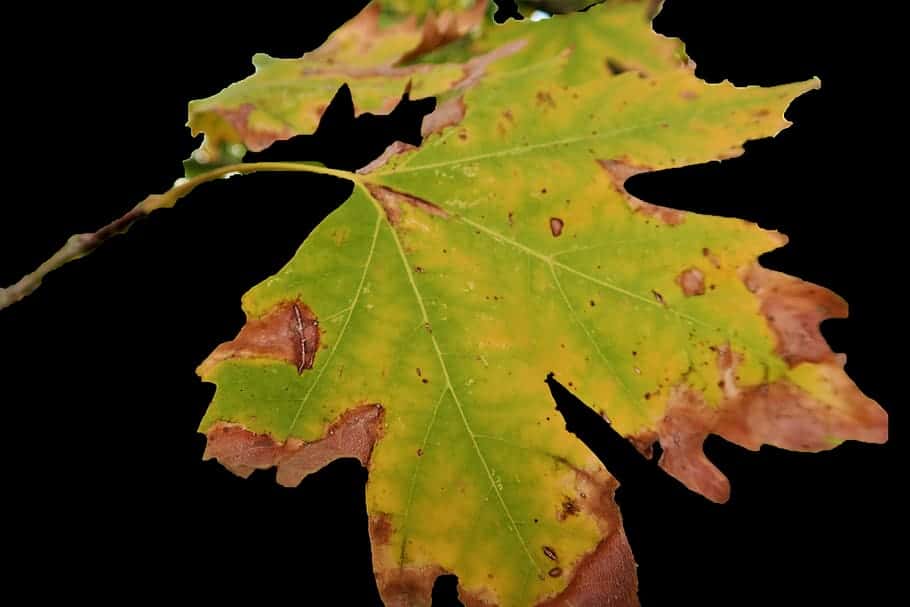 Verticillium or Verticillium wilt is a common soil fungus that thrives in temperate climates around the world and can be present in the soil for decades.
Verticillium or Verticillium wilt is a common soil fungus that thrives in temperate climates around the world and can be present in the soil for decades.
Verticillium wilt overwinters in the soil as dormant mycelium or tiny dormant black structures called microsclerotia, waiting for favorable conditions to return.
They enter damaged plant tissue through the roots and multiply. Many common weeds, such as dandelions and weeds, can be Verticillium host species.
Verticillium wilt is a disease that affects more than 350 species of eudicolous plants. It is caused by six species of Verticillium fungi: Verticillium dahliae, Verticillium albo-atrum, Verticillium longisporum, Verticillium nubilum, Verticillium theobromae, and Verticillium tricorpus.
Many plants with significant economic weight are susceptible, such as cotton, tomatoes, potatoes, oilseed rape, aubergines, peppers, and ornamental plants, as well as others in natural vegetation communities.
Many species and cultivars of eudicots are resistant to the disease, and all monocots, gymnosperms, and ferns are immune. To know more: Verticillium wilt in the Orchard: What is it? How do we identify it?

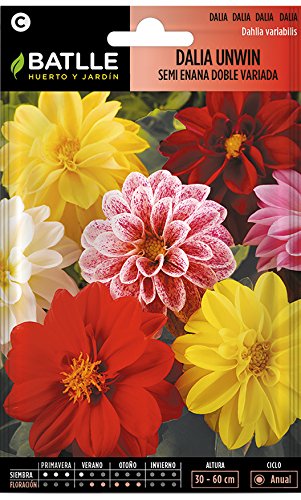
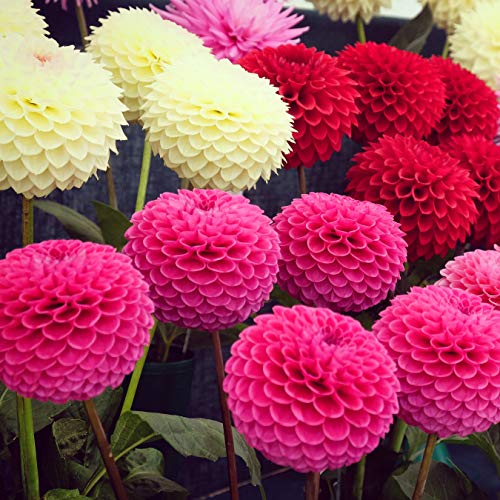

![Photo of Australia Climate: [Characteristics, Flora, Fauna and Adaptability]](https://www.complete-gardening.com/wp-content/uploads/2022/08/australia-climate-characteristics-flora-fauna-and-adaptability-390x220.jpg)
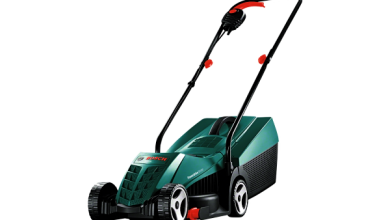

![Photo of Cardon Mushrooms: [Characteristics, Season, Cultivation and Growth]](https://www.complete-gardening.com/wp-content/uploads/2022/08/cardon-mushrooms-characteristics-season-cultivation-and-growth-390x220.png)